

News
NASA says SpaceX astronaut launch debut is still on track despite pandemic, engine failure
Despite a global pandemic and Falcon 9’s first in-flight engine failure in almost eight years, NASA administrator Jim Bridenstine remains confident that SpaceX and the space agency are still on track for Crew Dragon’s astronaut launch debut.
For the third time in about a month, NASA has officially confirmed that SpaceX’s Crew Dragon ‘Demo-2’ mission – the company’s first astronaut launch ever – is still tracking towards a liftoff in May 2020. While there are several good reasons to expect further delays, Bridenstine acknowledged and discounted those pressing risks in an April 9th interview with Spaceflight Now, explicitly stating that “if [Demo-2 does] slip, it’ll probably be into June. It won’t be much.”
Excluding several minor to moderate technical risks that have popped up in recent weeks, this suggests that the NASA administrator is also confident that one of the biggest sources of imminent schedule uncertainty – closed-door paperwork completion and joint reviews – will actually be smooth sailing.
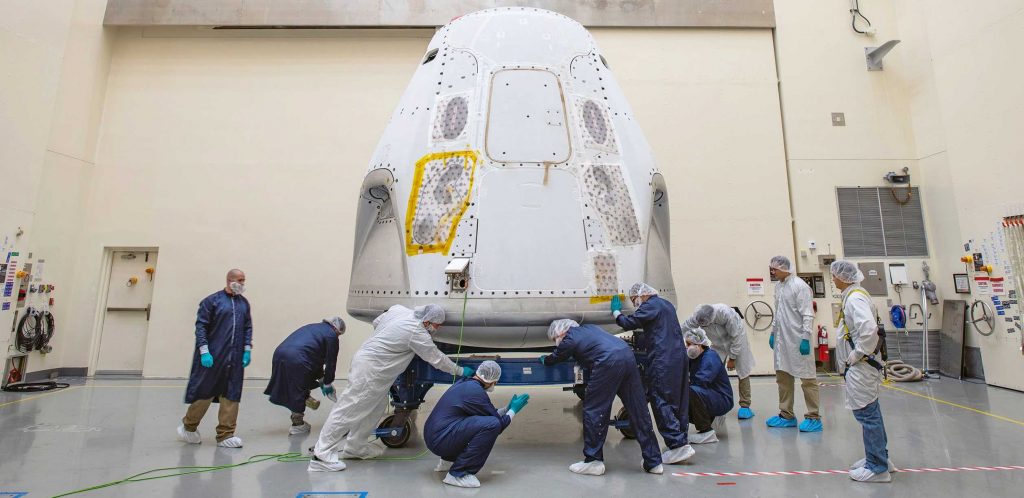
On March 2nd, 2019, Falcon 9 lifted off for the first time with SpaceX’s upgraded Crew Dragon spacecraft on its inaugural orbital launch. Known as Demo-1, the mission was ultimately a flawless success, with Dragon performing exactly as expected throughout launch, orbit-raising, space station rendezvous, docking, departure, deorbit, reentry, and splashdown operations.
As Crew Dragon’s only orbital launch and space station docking, it also serves as the best and only glimpse into how long the more nebulous review and paperwork aspects of launch preparation can take. For Demo-1, Falcon 9 and Crew Dragon rolled out to Launch Pad 39A and completed a successful static fire on January 24th, 2019. The mission was then scheduled for launch no earlier than (NET) February 23rd and wound up being pushed back another week to March 2nd. In almost every case, Falcon 9 and Falcon Heavy launch less than a week after a successful preflight static fire and do not attempt a static fire until a given rocket and payload are both ready to go.
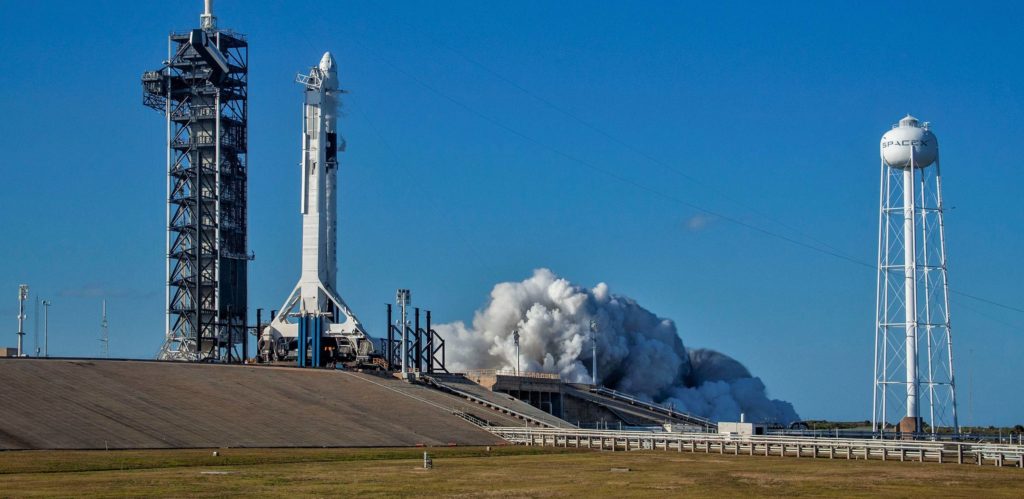
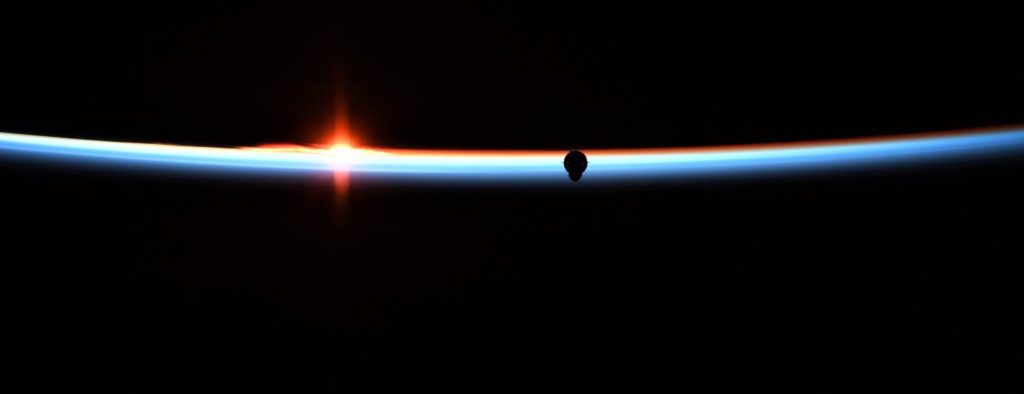
If there were technical challenges that lead to that six-week delay between Crew Dragon’s Demo-1 static fire and launch, they have never been broached publicly, making it more likely that NASA spent at least a month simply finishing up final paperwork and reviews. Hopefully, that substantial gap was mainly due to the fact that it was the first time NASA and SpaceX had to work together to launch Crew Dragon.
For Crew Dragon’s second Falcon 9 launch, successfully completed on January 19th, 2020, the rocket wrapped up its static fire test on January 11th — a major improvement compared to Demo-1. That suborbital In-Flight Abort (IFA) test isn’t directly comparable to Crew Dragon’s orbital launch debut, but it does encourage at least a little confidence that Demo-1’s six-week review period was an outlier.
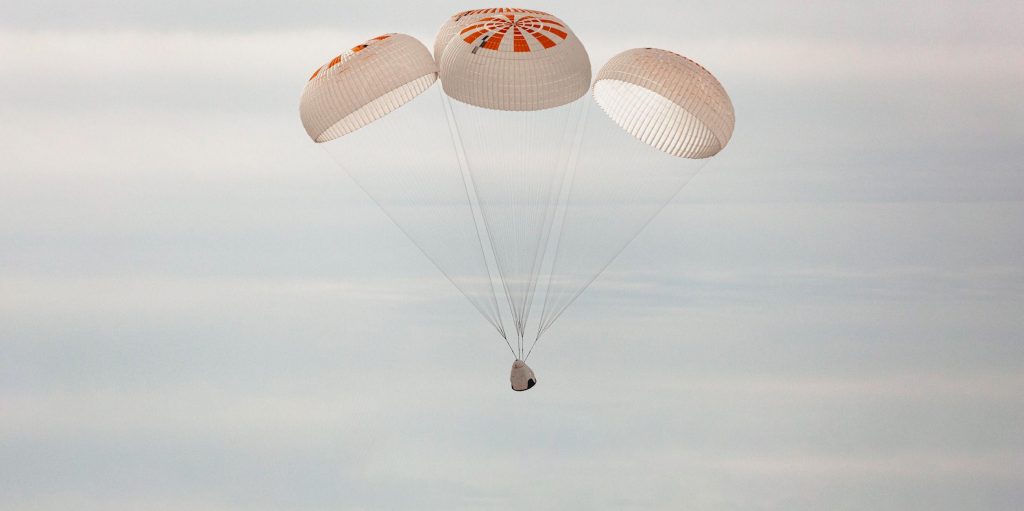
Thankfully, Bridenstine says that all major Crew Dragon issues have been effectively closed out or are very close to closure as of April 2020. A SpaceX contractor was recently forced to prematurely drop a Crew Dragon parachute test vehicle on March 25th, destroying the mockup capsule before it could complete two final tests. The NASA administrator now says that all parties have agreed to complete those tests with a different mockup and will use a C-130 cargo plane instead of a helicopter.

Bridenstine is also confident that the coronavirus pandemic – hampering almost all forms of industry in every afflicted country – will also have little to no impact on Crew Dragon’s astronaut launch debut schedule. NASA and SpaceX have put in place strict new rules and changed a number of procedures to further mitigate risk, helped by the fact that astronaut launches to the International Space Station (ISS) already operate with cleanliness and disease prevention as a major priority.
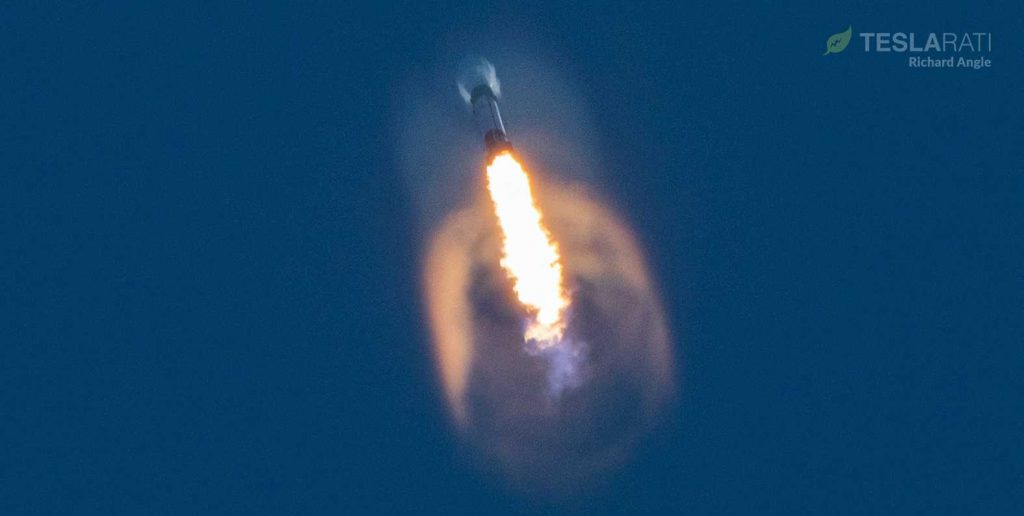
Finally, the NASA administrator also stated that SpaceX’s March 18th in-flight engine failure was “not going to impact our commercial crew launch,” confirming that SpaceX already has “a really good understanding of” what went wrong. Most likely, this means that Falcon 9 B1048’s stumble was directly related to the fact that the booster was flying for the fifth time – a first for a SpaceX rocket and orbital-class rocket boosters in general. Crew Dragon Demo-2 will be Falcon 9 booster B1058’s first launch.
Ultimately, while there are certainly good reasons to remain skeptical of NASA’s increasingly frequent assurances that Crew Dragon’s astronaut launch debut remains on track for late-May or June 2020, there are at least as many good reasons to stay confident.
Elon Musk
Why Tesla’s Q3 could be one of its biggest quarters in history
Tesla could stand to benefit from the removal of the $7,500 EV tax credit at the end of Q3.

Tesla has gotten off to a slow start in 2025, as the first half of the year has not been one to remember from a delivery perspective.
However, Q3 could end up being one of the best the company has had in history, with the United States potentially being a major contributor to what might reverse a slow start to the year.
Earlier today, the United States’ House of Representatives officially passed President Trump’s “Big Beautiful Bill,” after it made its way through the Senate earlier this week. The bill will head to President Trump, as he looks to sign it before his July 4 deadline.
The Bill will effectively bring closure to the $7,500 EV tax credit, which will end on September 30, 2025. This means, over the next three months in the United States, those who are looking to buy an EV will have their last chance to take advantage of the credit. EVs will then be, for most people, $7,500 more expensive, in essence.
The tax credit is available to any single filer who makes under $150,000 per year, $225,000 a year to a head of household, and $300,000 to couples filing jointly.
Ending the tax credit was expected with the Trump administration, as his policies have leaned significantly toward reliance on fossil fuels, ending what he calls an “EV mandate.” He has used this phrase several times in disagreements with Tesla CEO Elon Musk.
Nevertheless, those who have been on the fence about buying a Tesla, or any EV, for that matter, will have some decisions to make in the next three months. While all companies will stand to benefit from this time crunch, Tesla could be the true winner because of its sheer volume.
If things are done correctly, meaning if Tesla can also offer incentives like 0% APR, special pricing on leasing or financing, or other advantages (like free Red, White, and Blue for a short period of time in celebration of Independence Day), it could see some real volume in sales this quarter.
You can now buy a Tesla in Red, White, and Blue for free until July 14 https://t.co/iAwhaRFOH0
— TESLARATI (@Teslarati) July 3, 2025
Tesla is just a shade under 721,000 deliveries for the year, so it’s on pace for roughly 1.4 million for 2025. This would be a decrease from the 1.8 million cars it delivered in each of the last two years. Traditionally, the second half of the year has produced Tesla’s strongest quarters. Its top three quarters in terms of deliveries are Q4 2024 with 495,570 vehicles, Q4 2023 with 484,507 vehicles, and Q3 2024 with 462,890 vehicles.
Elon Musk
Tesla Full Self-Driving testing continues European expansion: here’s where
Tesla has launched Full Self-Driving testing in a fifth European country ahead of its launch.
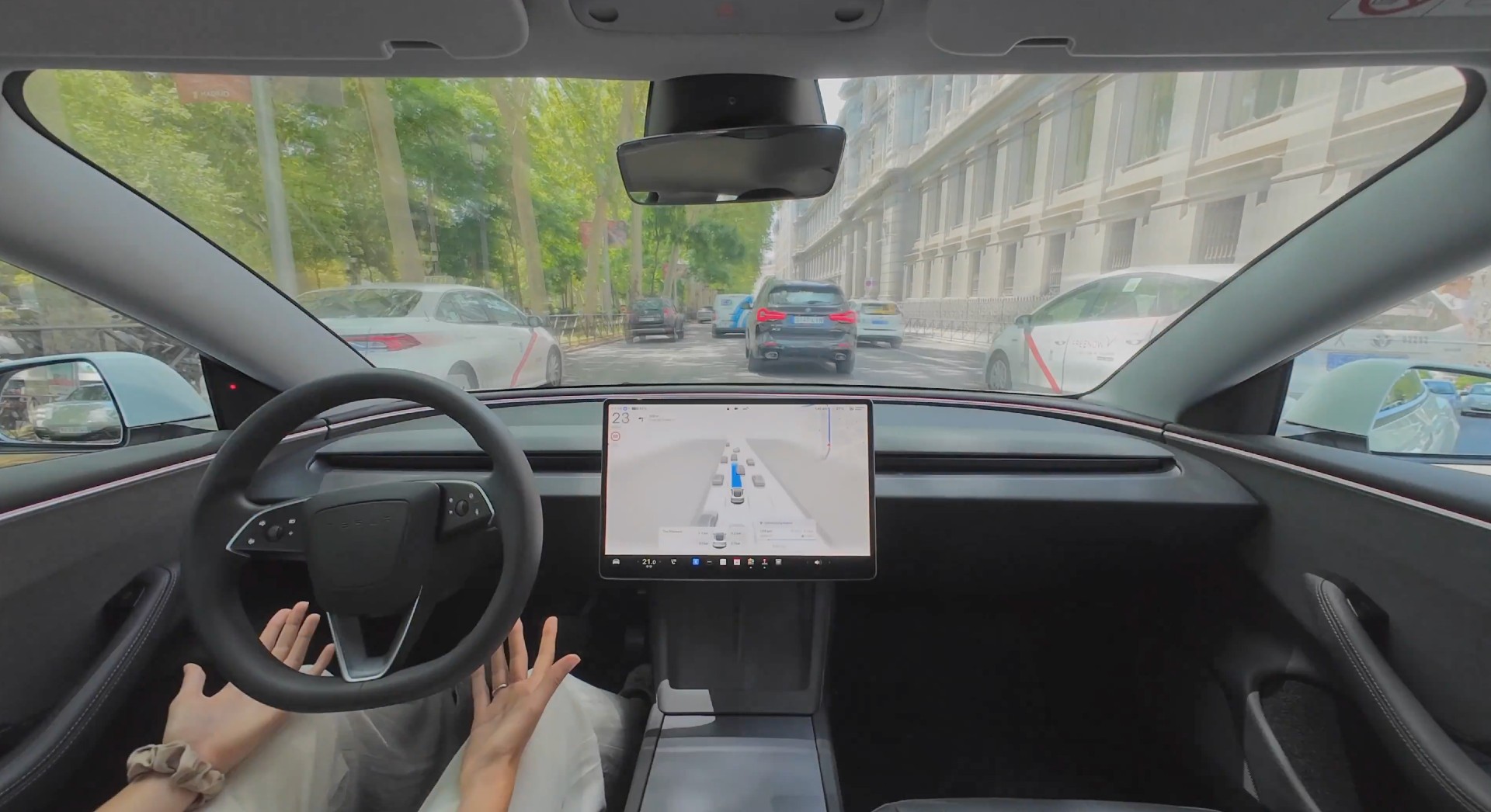
Tesla Full Self-Driving is being tested in several countries across Europe as the company prepares to launch its driver assistance suite on the continent.
The company is still working through the regulatory hurdles with the European Union. They are plentiful and difficult to navigate, but Tesla is still making progress as its testing of FSD continues to expand.
Today, it officially began testing in a new country, as more regions open their doors to Tesla. Many owners and potential customers in Europe are awaiting its launch.
On Thursday, Tesla officially confirmed that Full Self-Driving testing is underway in Spain, as the company shared an extensive video of a trip through the streets of Madrid:
Como pez en el agua …
FSD Supervised testing in Madrid, Spain
Pending regulatory approval pic.twitter.com/txTgoWseuA
— Tesla Europe & Middle East (@teslaeurope) July 3, 2025
The launch of Full Self-Driving testing in Spain marks the fifth country in which Tesla has started assessing the suite’s performance in the European market.
Across the past several months, Tesla has been expanding the scope of countries where Full Self-Driving is being tested. It has already made it to Italy, France, the Netherlands, and Germany previously.
Tesla has already filed applications to have Full Self-Driving (Supervised) launched across the European Union, but CEO Elon Musk has indicated that this particular step has been the delay in the official launch of the suite thus far.
In mid-June, Musk revealed the frustrations Tesla has felt during its efforts to launch its Full Self-Driving (Supervised) suite in Europe, stating that the holdup can be attributed to authorities in various countries, as well as the EU as a whole:
Tesla Full Self-Driving’s European launch frustrations revealed by Elon Musk
“Waiting for Dutch authorities and then the EU to approve. Very frustrating and hurts the safety of people in Europe, as driving with advanced Autopilot on results in four times fewer injuries! Please ask your governing authorities to accelerate making Tesla safer in Europe.”
Waiting for Dutch authorities and then the EU to approve.
Very frustrating and hurts the safety of people in Europe, as driving with advanced Autopilot on results in four times fewer injuries!
Please ask your governing authorities to accelerate making Tesla safer in Europe. https://t.co/QIYCXhhaQp
— Elon Musk (@elonmusk) June 11, 2025
Tesla said last year that it planned to launch Full Self-Driving in Europe in 2025.
Elon Musk
xAI’s Memphis data center receives air permit despite community criticism
xAI welcomed the development in a post on its official xAI Memphis account on X.
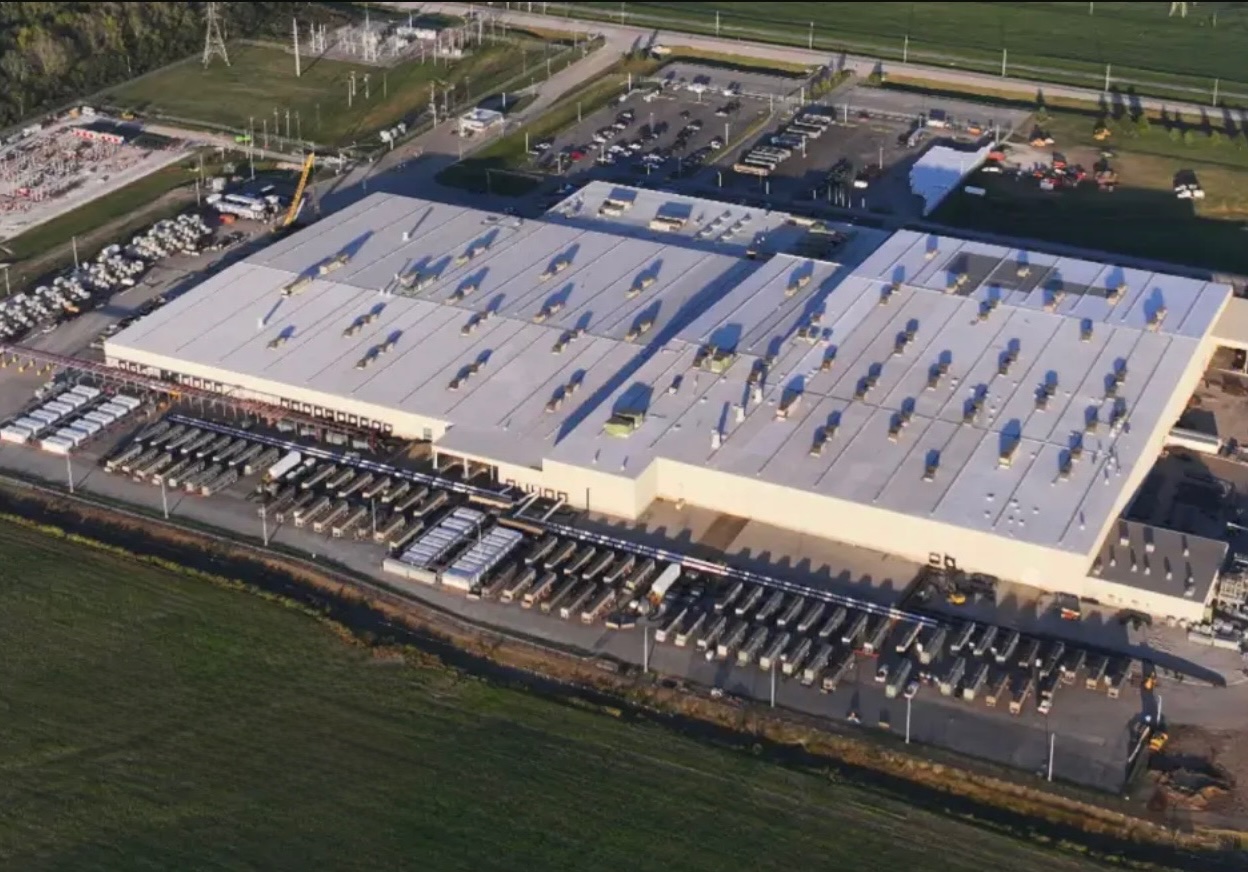
Elon Musk’s artificial intelligence startup xAI has secured an air permit from Memphis health officials for its data center project, despite critics’ opposition and pending legal action. The Shelby County Health Department approved the permit this week, allowing xAI to operate 15 mobile gas turbines at its facility.
Air permit granted
The air permit comes after months of protests from Memphis residents and environmental justice advocates, who alleged that xAI violated the Clean Air Act by operating gas turbines without prior approval, as per a report from WIRED.
The Southern Environmental Law Center (SELC) and the NAACP has claimed that xAI installed dozens of gas turbines at its new data campus without acquiring the mandatory Prevention of Significant Deterioration (PSD) permit required for large-scale emission sources.
Local officials previously stated the turbines were considered “temporary” and thus not subject to stricter permitting. xAI applied for an air permit in January 2025, and in June, Memphis Mayor Paul Young acknowledged that the company was operating 21 turbines. SELC, however, has claimed that aerial footage shows the number may be as high as 35.
Critics are not giving up
Civil rights groups have stated that they intend to move forward with legal action. “xAI’s decision to install and operate dozens of polluting gas turbines without any permits or public oversight is a clear violation of the Clean Air Act,” said Patrick Anderson, senior attorney at SELC.
“Over the last year, these turbines have pumped out pollution that threatens the health of Memphis families. This notice paves the way for a lawsuit that can hold xAI accountable for its unlawful refusal to get permits for its gas turbines,” he added.
Sharon Wilson, a certified optical gas imaging thermographer, also described the emissions cloud in Memphis as notable. “I expected to see the typical power plant type of pollution that I see. What I saw was way worse than what I expected,” she said.
-

 Elon Musk3 days ago
Elon Musk3 days agoTesla investors will be shocked by Jim Cramer’s latest assessment
-

 News1 week ago
News1 week agoTesla Robotaxi’s biggest challenge seems to be this one thing
-

 News2 weeks ago
News2 weeks agoTexas lawmakers urge Tesla to delay Austin robotaxi launch to September
-

 Elon Musk2 weeks ago
Elon Musk2 weeks agoFirst Look at Tesla’s Robotaxi App: features, design, and more
-
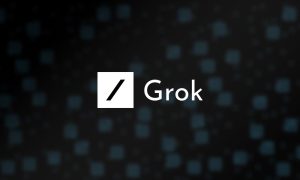
 Elon Musk2 weeks ago
Elon Musk2 weeks agoxAI’s Grok 3 partners with Oracle Cloud for corporate AI innovation
-

 News2 weeks ago
News2 weeks agoSpaceX and Elon Musk share insights on Starship Ship 36’s RUD
-

 News2 weeks ago
News2 weeks agoWatch Tesla’s first driverless public Robotaxi rides in Texas
-

 News2 weeks ago
News2 weeks agoTesla has started rolling out initial round of Robotaxi invites

















